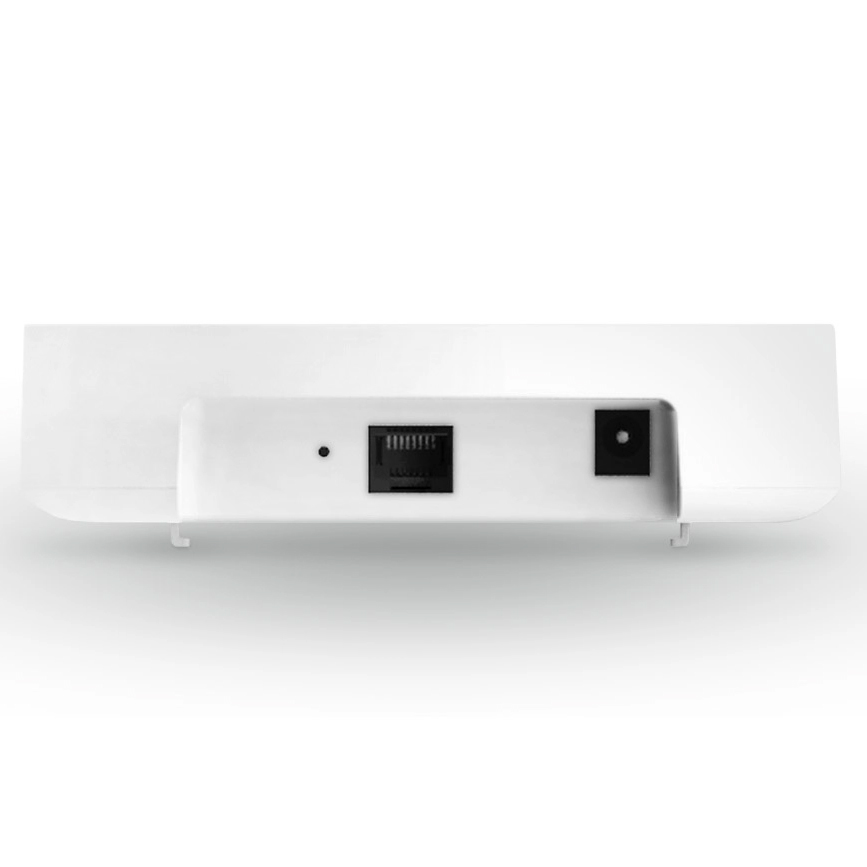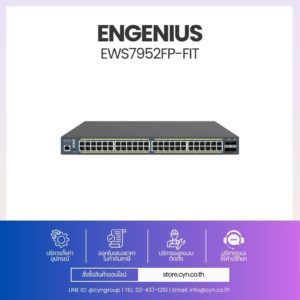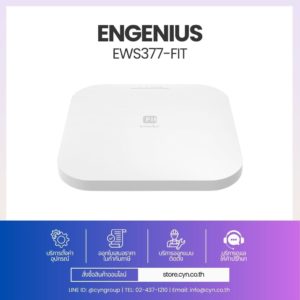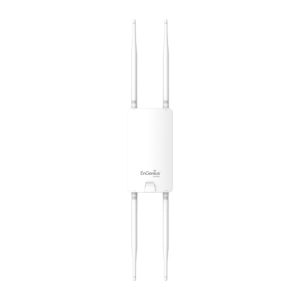Technical Specifications
Standards
IEEE 802.11b/g/n on 2.4 GHz
IEEE 802.11a/n/ac on 5 GHz
Processor
Qualcomm® 717 MHz Quad-Core CPU
4x ARM Cortex A7
Antenna
2 x 2.4 GHz: 5 dBi
2 x 5 GHz: 5 dBi
Integrated Omni-Directional Antenna
Physical Interface
1 x 10/100/1000 BASE-T, RJ-45 Gigabit Ethernet Port
1x DC Jack
1 x Reset Button
LED Indicators
1 x Power / 2.4 GHz/5GHz
Power Source
Power-over-Ethernet: 802.3af Input
IEEE 802.11e Compliant Source
12VDC /1A Power Adapter (not included)
Maximum Power Consumption
9W
Surge Protection
0.5KV
Wireless & Radio Specifications
Operating Frequency
Dual-Radio Concurrent 2.4 GHz & 5 GHz
Operation Modes
Access Point Mode
Mesh Mode
Frequency Radio
2.4 GHz: 2400 MHz ~ 2472 MHz
5 GHz: 5150 MHz ~ 5250 MHz, 5250 MHz ~ 5350 MHz, 5470 MHz ~ 5725 MHz, 5725 MHz ~ 5850 MHz
Transmit Power
Up to 26 dBm on 2.4 GHz
Up to 26 dBm on 5 GHz
Tx Beamforming (TxBF)
Radio Chains/Spatial Stream
2×2:2
SU-MIMO
2.4 GHz – Two (2) Spatial Stream SU-MIMO up to 400 Mbps to individual 2×2 VHT40 client devices (300 Mbps for HT40 802.11n client devices)
5 GHz – Two (2) Spatial Stream SU-MIMO up to 867 Mbps to individual 2×2 VHT40 client devices
MU-MIMO
Two (2) Spatial Stream MU-MIMO up to 867 Mbps to two (2) MU-MIMO capable wireless devices simultaneously
Supported Data Rates (Mbps):
2.4 GHz: Max 400
5 GHz: Max 867
802.11b: 1, 2, 5.5, 11
802.11a/g: 6, 9, 12, 18, 36, 48, 54
802.11n: 6.5 to 400 Mbps (MCS0 to MCS15)
802.11ac: 6.5 to 867 Mbps (MCS0 to MCS9, NSS = 1 to 2)
Supported Radio Technologies
802.11b: Direct-Sequence Spread Spectrum (DSSS)
802.11a/g/n/ac: Orthogonal Frequency-Division Multiplexing (OFDM)
802.11n/ac: 2×2 MIMO with 2 Streams
Channelization
802.11n Supports High Throughput (HT)—HT 20/40 MHz
802.11n Supports Very High Throughput (VHT) Under the 2.4 GHz Radio—VHT 40 MHz (256-QAM)
802.11n/ac Packet Aggregation: AMPDU, ASPDU
802.11ac Supports Very High Throughput (VHT)—VHT 20/40/80 MHz
Supported Modulation
802.11b: BPSK, QPSK, CCK
802.11a/g/n: BPSK, QPSK, 16-QAM, 64-QAM
802.11ac: BPSK, QPSK, 16-QAM, 64-QAM, 256-QAM
Management
Multiple BSSID
Supports 16 SSIDs (8 SSIDs per Band)
VLAN Tagging
Supports 802.1q SSID-to-VLAN Tagging
Cross-Band VLAN Pass-Through
Management VLAN
Spanning Tree
Supports 802.1d Spanning Tree Protocol
QoS (Quality of Service)
Compliant with IEEE 802.11e Standard
WMM
SNMP
v1, v2c, v3
MIB
I/II, Private MIB |








